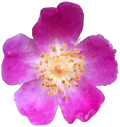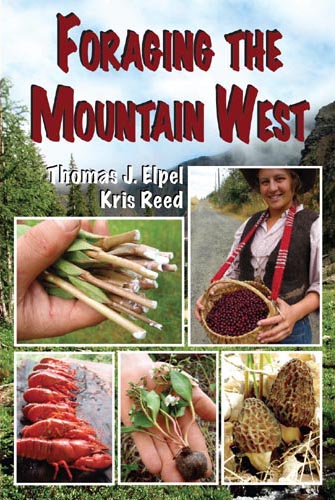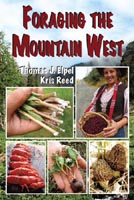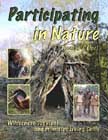| Thomas J. Elpel's Web World Portal  Wildflowers & Weeds 
|  Wildflowers-and-Weeds.com Plant Identification, Edible Plants, Weed Ecology, Mushrooms, and more. Home | Plant Identification | Plant Families Gallery | Edible Plants | Mushrooms | Links Desertification & Weed Ecology | Weed Profiles | E-Mail | Search this Site |
|
Boraginaceae If you have ever pulled "beggar's ticks" (flat, tear-drop-shaped stickers) from your clothes, then you have met one member of the Borage family, also called "hound's tongue" (Cynoglossum) The plants of this family are often rough and hairy, usually with simple, alternate leaves. The flowers are bisexual and mostly regular. They have 5 separate sepals and 5 united petals. There are 5 stamens; these are attached to the corolla tube, alternate with the petals. The ovary is positioned superior. It consists of 2 united carpels and produces 4 separate nutlets or sometimes achenes (dry seeds). False partitions may make the ovary appear 4-chambered. Some genera produce fewer than 4 nutlets due to abortion. You will usually be able to see the aborted nutlets around the developed ones. Key Words: Hairy plants with flower parts in fives. Four nutlets. Please e-mail Thomas J. Elpel to report mistakes or to inquire about purchasing high resolution photos of these plants.
There are more
Return to the Plant Families Index |
|
Looking for life-changing resources? Check out these books by Thomas J. Elpel:
|
|
|

































